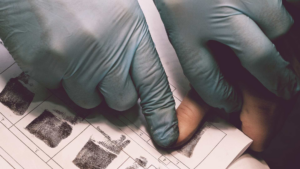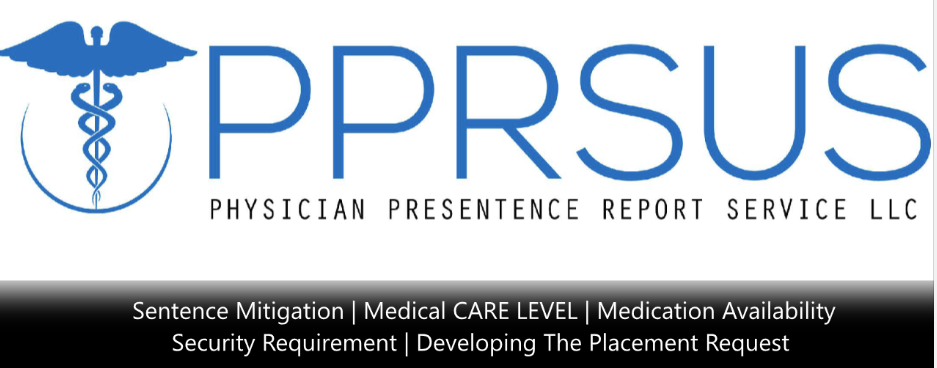6′ of Separation (In The BOP)
COVID
Then and now, Today BA.5 is a spreader, but
COVID-19
- Prisons (Federal, State) and
- Jails,
- like Cruise Ships,
Unfortunately, act as perfect breeding grounds for any kind of virus and especially one that currently has few treatment protocols.
7/9/2020 (6 South Florida)
South Florida Federal Corrections Officers Warn of Potential Coronavirus Crisis Brewing
6/30/2020 (Reason)
These Women Received a Death Sentence for Being Sick In Prison – alleged medical neglect at FCI Aliceville, a federal women’s prison.
6/28/2020 (Forbes)
Otisville Federal Prison Camp Is More Like A Higher Security Prison In Fight Against Covid-19
6/11/2020 (Fort Worth Star)
11th inmate from a federal medical prison in Fort Worth died from coronavirus. This is discouraging as Fort Worth is a BOP Federal Medical Center.
5/28/2020 (Lexington Herald Leader)
Federal Medical Center prison helps drive a single-day spike in Lexington (FMC) COVID-19 cases.
5/28/2020 (LA Times)
Inmate labeled as ‘recovered’ from coronavirus dies at Terminal Island
5/28/2020 (Morning Journal)
Forest City Low-FCI prison in Arkansas currently has more federal prison coronavirus cases, according to the BOP website.
5/27/2020 (The Crime Report)
A task force led by current and former justice officials has proposed a 15-point platform to improve the federal criminal justice system.
5/27/2020 (Salon)
Even as the Justice Department announced that federal prisons would release vulnerable, nonviolent inmates to home confinement to avoid the spread of COVID-19, the agency was quietly adopting a policy that makes it harder for inmates to qualify for release, not easier.
5/27/2020 (AP)
TERRE HAUTE – An inmate at the federal prison complex in Terre Haute who had COVID-19 has died, and three others there also have tested positive for the disease, the Bureau of Prison said Tuesday.
5/26/2020 (Government Executive)
…a secret BOP policy has kept all but 1.8% of federal inmates behind bars where the virus rages.
May 22, 2020 (KSAT.com)

A Federal Bureau of Federal Prisons truck drives past barbed wire fences at the Federal Medical Center prison in Fort Worth, Texas, Saturday, May 16, 2020. Hundreds of inmates inside the facility have tested positive for COVID-19 and several inmates have died with numbers expected to rise. (AP Photo/LM Otero) (Copyright 2020 The Associated Press. All rights reserved.)
Federal prison system to begin moving nearly 7K inmates to one of three designated quarantine sites — FCC Yazoo City in Mississippi, FCC Victorville in California, and FTC Oklahoma City — or to a Bureau of Prisons detention center.
May 16, 2020 (The Review)
Of the 399 accumulated COVID-19 cases in Columbiana County, the health department reports nearly 25 percent, 94 of the cases, have been inmates from FCI-Elkton, totaling 118 for inmates and 12 corrections staff.
May 11, 2020
Inmates, families fear worst for Fort Worth Federal Medical Center – as the prison is ‘consumed’ by coronavirus where 636 inmates — 43% of the total population — had tested positive, and five have died.
May 10, 2020 (CBS DFW)
Tarrant County Public Health (TCPH) reported 485 new cases of the coronavirus Sunday, of which 423 were caused by the Texas Fort Worth Federal Medical Center prison outbreak. So far, the county has seen 3,695 positive cases and 780 recoveries.
May 9, 2020 (FCI Lompoc):
But covid-19 at FCI Lompoc is straining the relationship with LOMPOC, Calif. residents, part of this central California agricultural community.
70% of inmates test positive for coronavirus at Lompoc federal prison.
May 8, 2020 (KTLA5):
As of Friday 5/8/2020, 823 inmates tested positive in FCI Lompoc (2 have died), and another 644 at FCI Terminal Island (6 have died at the San Pedro facility).
May 8, 2020 (The Appeal):
FCI Hazelton is one of 11 federal prisons designated quarantine facilities. When new people are convicted or otherwise brought into the federal system, they will be sent to one of the facilities for a two-week quarantine period, BOP spokesperson Justin Long told The Appeal.
May 5-6, 2020 (Lex 18):
70 inmates test positive at the Lexington Federal Medical Center (FMC) in Lexington, Kentucky, however “communication with [FMC Lexington] has been sporadic, and sometimes it’s non-existent,” Lexington Health Department Spokesman Kevin Hall
May 5-6, 2020 (Lex 18):
LEXINGTON Federal Medical Center is quickly emerging as a hot spot for Coronavirus in Kentucky, without providing the needed communication with Lexington Fayette County Health Department.
May 1, 2020 (Penn Live Patriot-News):
LEWISBURG – Lewisburg Federal Penitentiary will transition into a medium-security facility is complete (and every unit will have multiple rooms with televisions, computer stations, and telephones).
May 1, 2020 (The Marshall Project):
COVID-19 continues to spread through Ohio prisons, with the FCI Marion and Pickaway correctional institutions combining for nearly 2,500 confirmed cases of the coronavirus. That is an estimated 80 percent of the inmates in those two prisons.
April 30, 2020 (The Marshall Project):
Texas prison system failed for years to equip employees with personal protective equipment…
Over 70 percent of tested inmates in the federal prison system have COVID-19. AP
COVID-19 outbreak at FCI Terminal Island is now the largest within the Bureau of Prisons system…
April 28, 2020 (ABC, WQAD8)
Thomson USP is one of 11 facilities designated as a “quarantine location,” now concerns over-testing.
April 23, 2020
…a federal judge dismissed a class-action lawsuit that was aimed at getting medically vulnerable prisoners released from the federal prison in Oakdale, Louisiana.
April 22, 2020 (Forbes):
Bureau Of Prisons Removes Webpage  FAQ Home Confinement On COVID-19. BOP Website Displays…..
FAQ Home Confinement On COVID-19. BOP Website Displays…..
April 20, 2020 (Government Executive):
April 18, 2020 (NYT):
‘Something Is Going to Explode’: When Coronavirus Strikes a Prison. An oral history of the first fatal outbreak in the federal prison system, in Oakdale, La.
Friday, April 17, 2020 (ABC):
Butner ( a BOP Federal Medical Center) has more COVID-19 cases than any other prison in the federal system: 66 inmates and 25 staff members have tested positive for COVID-19 at Butner; four inmates have died
April 15, 2020 (Forbes):

COVID-19 Positive Tests in Bureau of Prisons Institutions (April 14, 2020) W PAVLO
Federal Bureau Of Prisons Institutions Not Showing Any Signs Of “Flattening Curve”, By Walter Pavlo
The continued inaction of the BOP to swiftly reduce the population of inmates, particularly the elderly and those with underlying health conditions, is an unfolding story with tragic consequences.
April 14, 2020 (Marshall Project):
Nearly 600 prisoners and staff members are infected with COVID-19 in the federal system. Thirteen prisoners have died. Bureau of Prisons
April 8, 2020 (The Appeal):
Don’t Look to the DOJ to Keep Federal Prisons and Their Surrounding Communities Safe During the COVID-19 Pandemic. By Shon Hopwood/Felon turned Georgetown Law Professor, Apr 08, 2020
April 8, 2020 (NYT):
…1,324 confirmed coronavirus cases are tied to prisons and jails across

Prisoners hung signs pleading for help in a window of the Cook County jail on Tuesday.Credit…Jim Vondruska/Reuters
April 7, 2020 (News Observer):
April 6, 2020 (NPR):
Inmates, Staff On Edge As COVID-19 Spreads Through Federal Prisons The Federal Bureau of Prisons says 138 inmates and 59 employees have tested positive and at least seven inmates have died.
April 4, 2020 (FEDweek):

Brooklyn, NY – Feb 2019: Protest over inmate conditions in front of the Brooklyn Metropolitan Detention Center which partially lost power and heat, resulting in a lockdown.
Bureau of Prisons Implements Partial Lockdown to Halt Spread; The challenge is that prisons and jails are not built to provide 6′ of separation to inmates and correction staff. I have to assume that PPE, cleaning materials and testing for all parties are not diligently implemented.
April 2, 2020:
Marshall Project: Coronavirus Tracker By State: How Justice Systems Are Responding in Each State; Coronavirus • Published 03.17.2020 • Updated 2:03 P.M. 03.25.2020
April 1, 2020 (Gov Exec Daily):
Federal Prison System Goes Into ‘Modified Lockdown’.

The Metropolitan Detention Center in Brooklyn, N.Y., had the first known case of coronavirus in the federal prison system. The facility is shown here in February 2019. KATHY WILLENS / AP
New procedures due to coronavirus concerns will last 14 days, after which the agency will re-evaluate. By
Mar 31, 2020 (The Appeal, MedPage):
BOP Halfway House Residents Describe ‘A Scary Situation’ As Coronavirus Sweeps The U.S. By Lauren Gill. These halfway houses appear ill-prepared for the influx of those who may have (or haven’t yet contracted), COVID-19.

wearing a basic face mask in the community setting to augment our protection against SARS-CoV-2, the virus that causes COVID-19, is biologically plausible, and potentially impactful.
Could Wearing a Face Mask Be a COVID-19 Game Changer?— Augmenting protection during a global pandemic. by
An easy and cheap option for all inmates and correction staff, in either Jail, Halfway House, State, Federal or Private facility. We can argue the efficacy benefit later.
Mar 30, 2020 (Vice News, NYT):
Inside the Federal Prison, That’s ‘Ground Zero’ For the Coronavirus Outbreak, By Keegan Hamilton
‘We’re Left for Dead’: Fears of Virus Catastrophe at Rikers Jail –Already, 167 inmates and 137 staff members have tested positive including the Rikers complex, By Jan Ransom and
Mar 27, 2020 (The Marshall Project):

156-beds-in-Elm-Hall-a-minimum-security-dormitory-at-the-California-Institution-for-Men
No such thing as social distancing in prison. From THE MARSHALL PROJECT
PUBLIC HEALTH DOCTOR AND HEAD OF CORRECTIONS AGREE: WE
MUST IMMEDIATELY RELEASE PEOPLE FROM JAILS AND PRISONS; By Brie Williams, Leann Bertsch
Mar 26, 2020 (The Hill):
COVID-19 gives us an urgent argument for compassionate release, BY KEVIN RING, OPINION CONTRIBUTOR – The Hill
Mar 24, 2020 (wbur):

A medical exam room in the Worcester County jail in West Boylston
Pain And Profits: Sheriffs Hand Off Inmate Care To Private Health Companies; By Christine Willmsen and Beth Healy


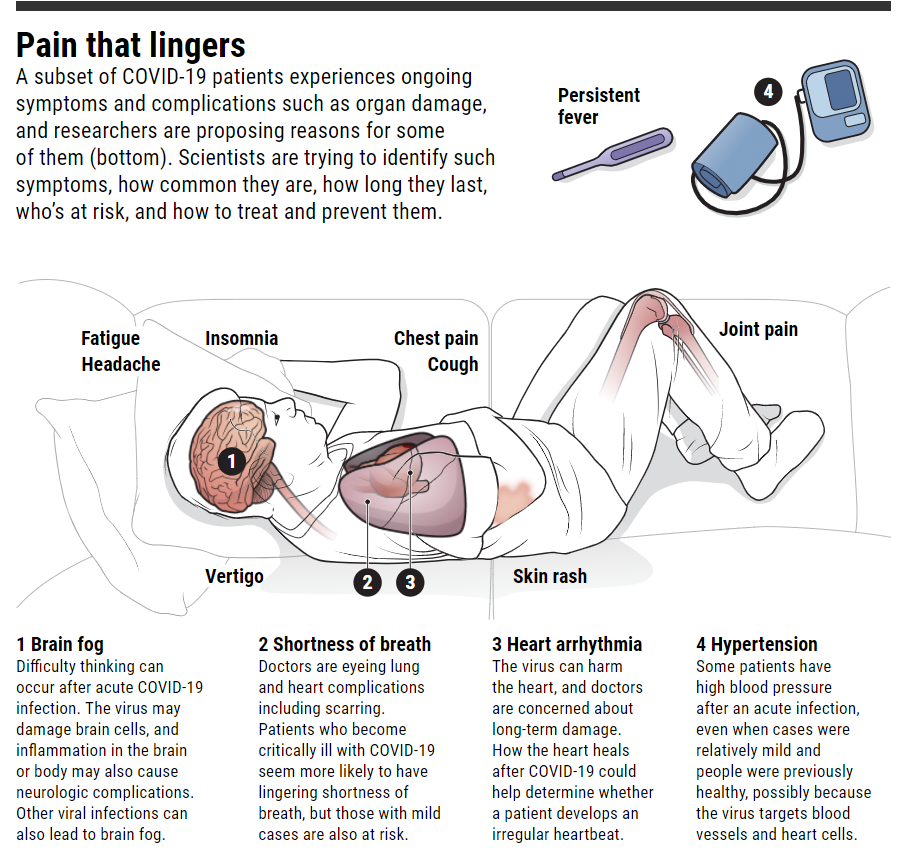

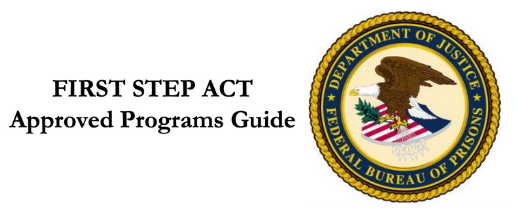


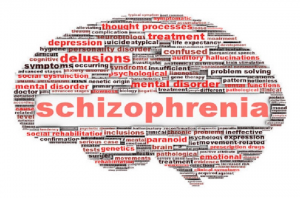

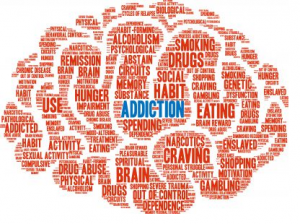 pleasure.
pleasure.